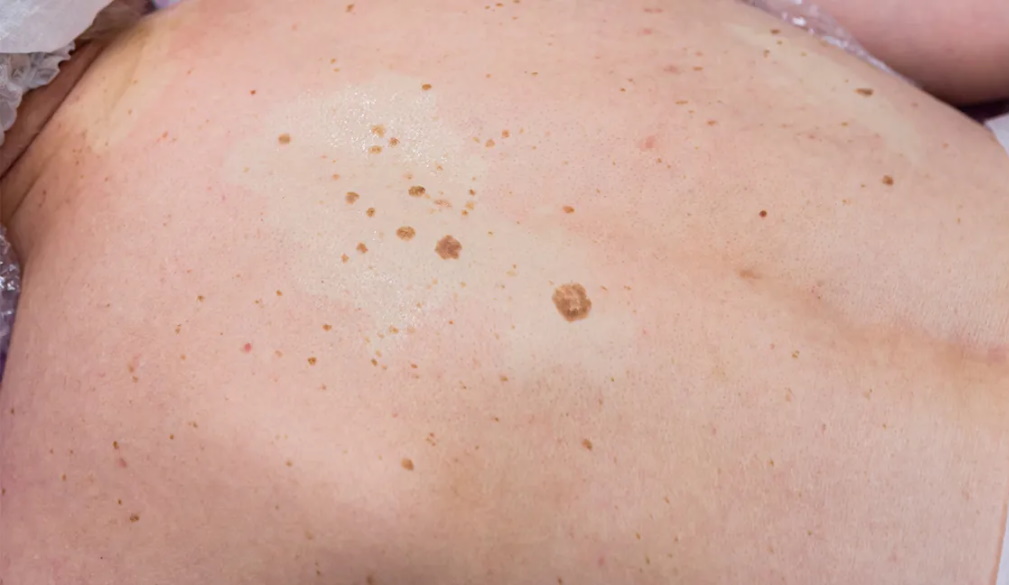How Total Body Mole Mapping is Used to Identify Skin Cancer
- Written by NewsServices.com

The skin, which is the largest external organ in the body and serves a variety of purposes including protecting internal organs, regulating body temperature through sweating, enhancing our appearance, and more, is a fact. It has a greater exposure to a variety of factors that may have an impact on its performance and appearance as a result of its varied responsibilities.
These elements put the skin in danger. But if they are recognised, they can be checked for and avoided. Many of these factors and how they affect the skin have been demonstrated by dermatology, which also highlights solutions.
Melasma is just one of the numerous consequences of some of these damaging elements on the skin. This skin condition, which is categorised as a type of skin cancer, is characterised by irregular skin growth. Your skin's functionality and appearance are both impacted by this condition. There are many different techniques, both invasive and non-invasive, that have been developed to treat cases of melasma.
According to studies, the best way to treat melasma is to recognise the symptoms as soon as they appear, though. How can cases of melasma be recognised at their earliest stages? This article will explain mole mapping, a crucial technique, by outlining everything you should know about it.
Mole mapping explained
Regular body checks are part of the Mole Mapping process to look for any changes you are unable to understand. This makes sure that you are aware of the physical characteristics of your body and when these characteristics change. While examining the patient, the doctor takes pictures of any moles, scars, or other physical characteristics.
What Is the Process of Total Body Mole Mapping?
With the aid of unique tools that photograph your physical characteristics, the body is examined. The first stage/first session of Mole Mapping involves a thorough examination. While examining the moles and scars, the doctor makes note of the areas that have or do not have moles, as well as other details.
There are additional stages that you go to later for checkups
The examination is performed, but it is not as thorough as the initial one. The doctor uses the video from your initial examination to check for any changes in your physical characteristics, such as mole growth or spread. The doctor will make a diagnosis and recommend an appropriate course of treatment if unsettling changes develop that resemble any skin disease or condition, such as melasma.
Total Body Mole Mapping: How Long Does It Take?
Although there is no invasive approach used in the process, the length of time varies due to the steps. The first session can take anywhere from 30 to 40 minutes longer. Because there is little examination done during follow-up visits, the process only takes 15 to 25 minutes.
For Whom Should Total Body Mole Mapping Be Used?
This process can be profitable because it will save you money on the cost of treating advanced Melasma and other types of skin cancer while also saving your life. It is advised for those who have a history of melasma or other types of skin cancer, for those who come from families where melasma has run in the family, and if you notice any changes in your body that make you uncomfortable. Most importantly, if suggested after consulting with your doctor, this should be taken into account.
Conclusion
Knowing how to get ready for this session is the last piece of advice for total body mole mapping. Before undergoing this procedure, consult a doctor because they will give you specific instructions to follow before total body mole mapping. Get in touch with a local skin cancer clinic like Skin Clinic Robina right away to learn more about mole mapping.

















